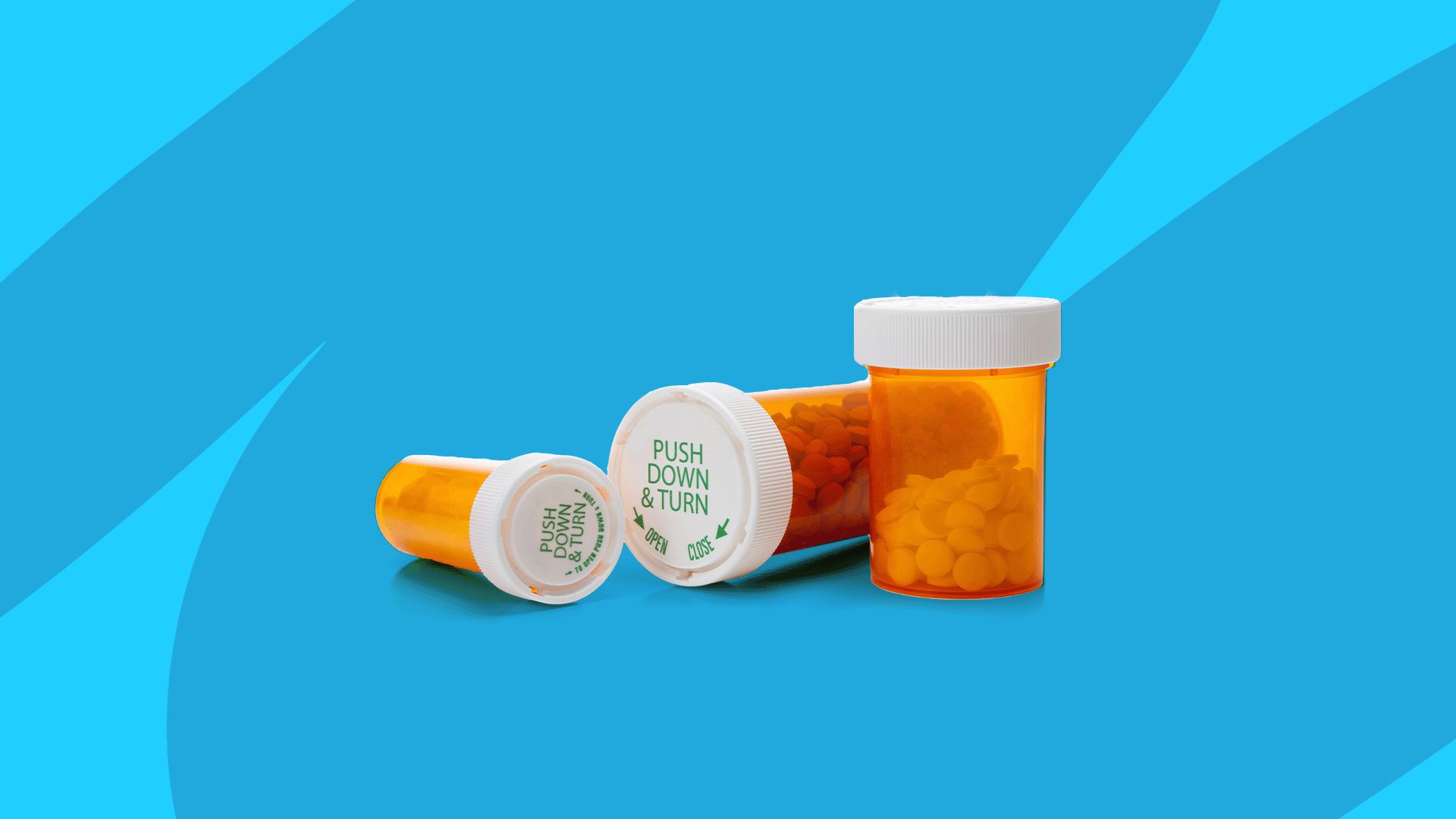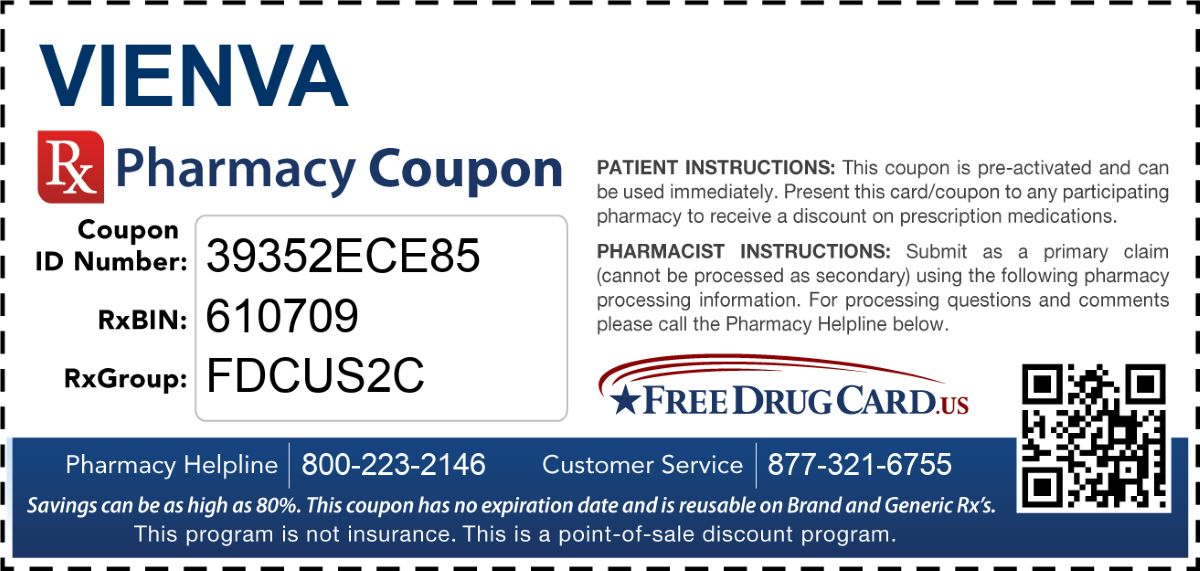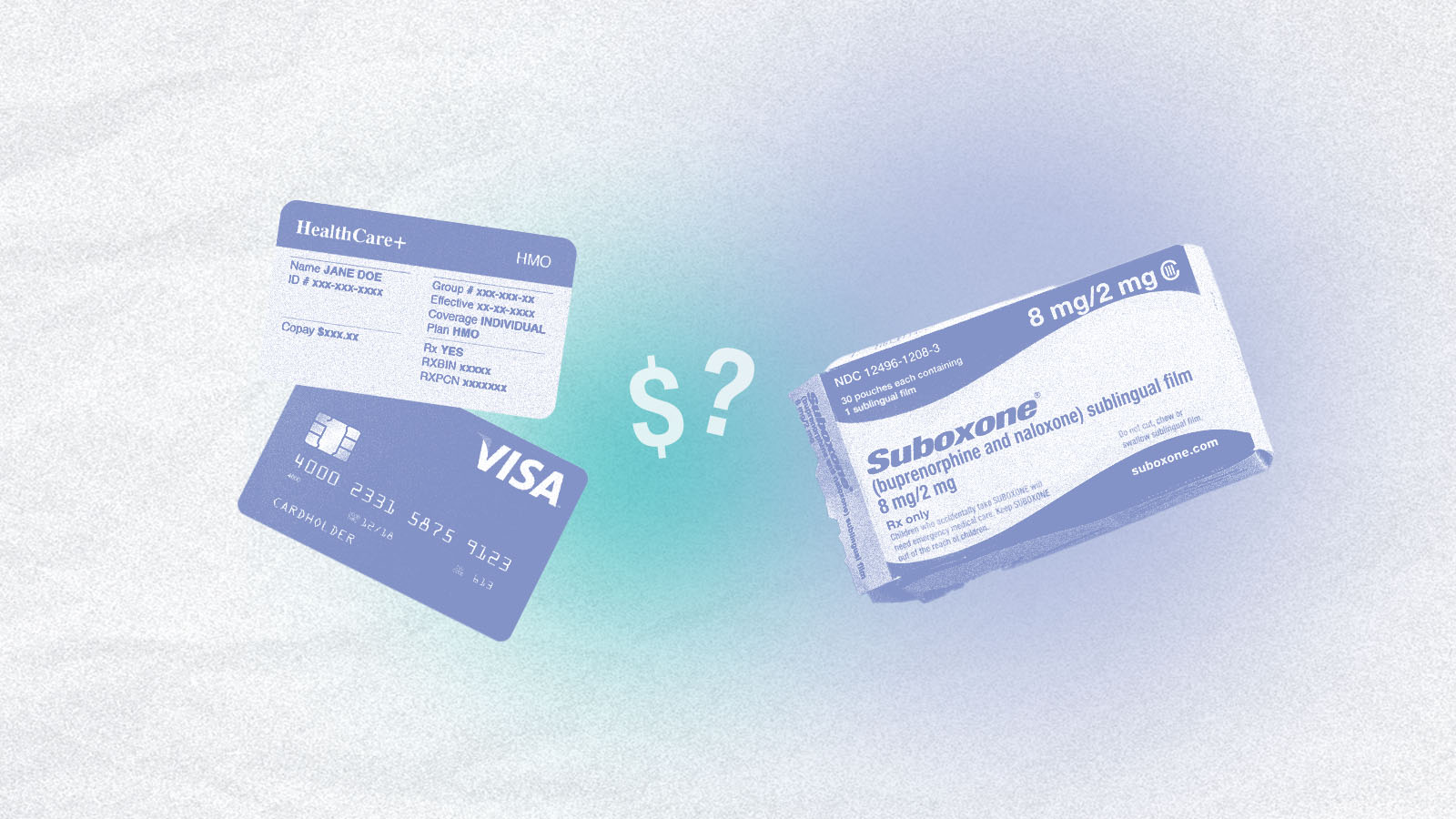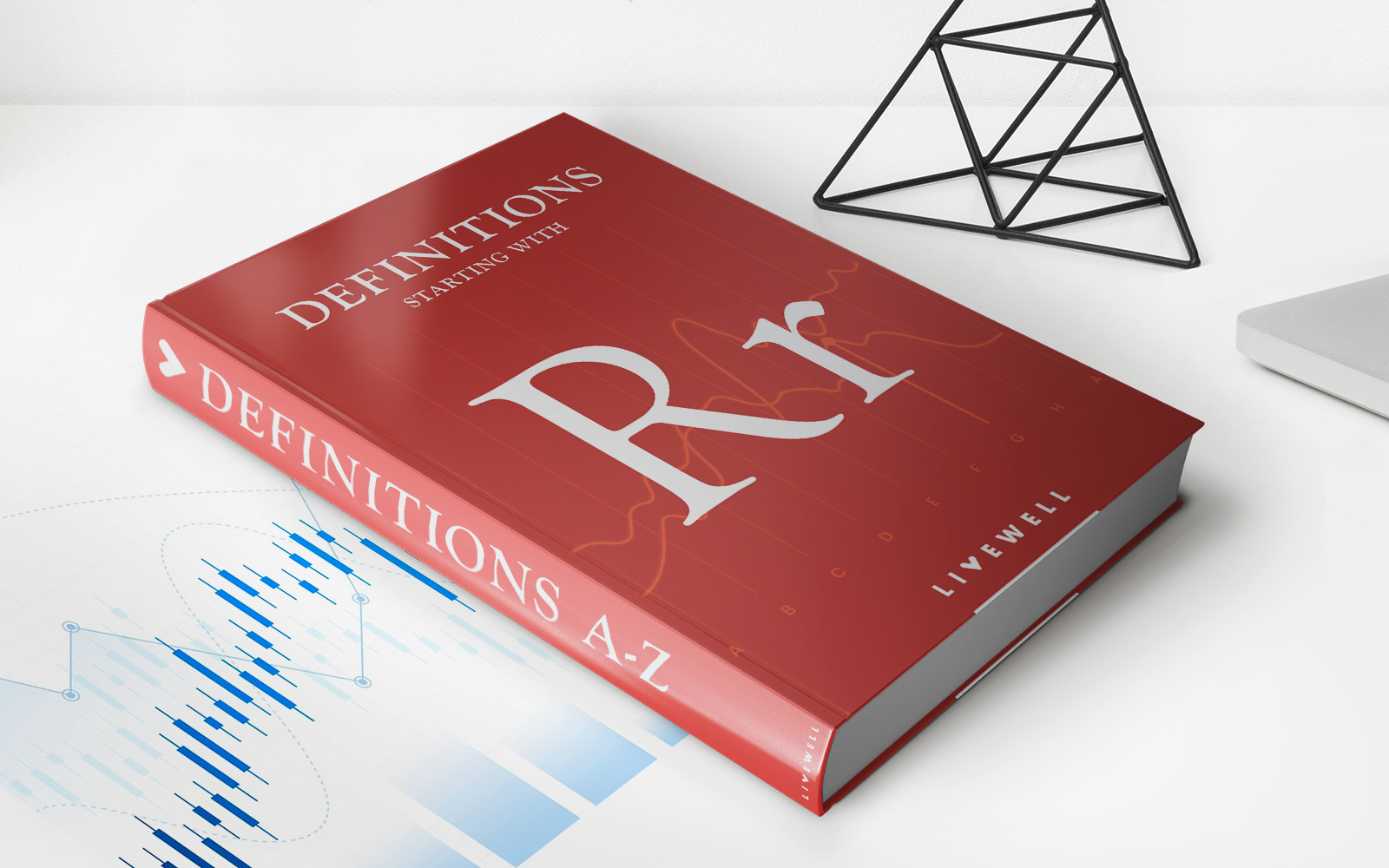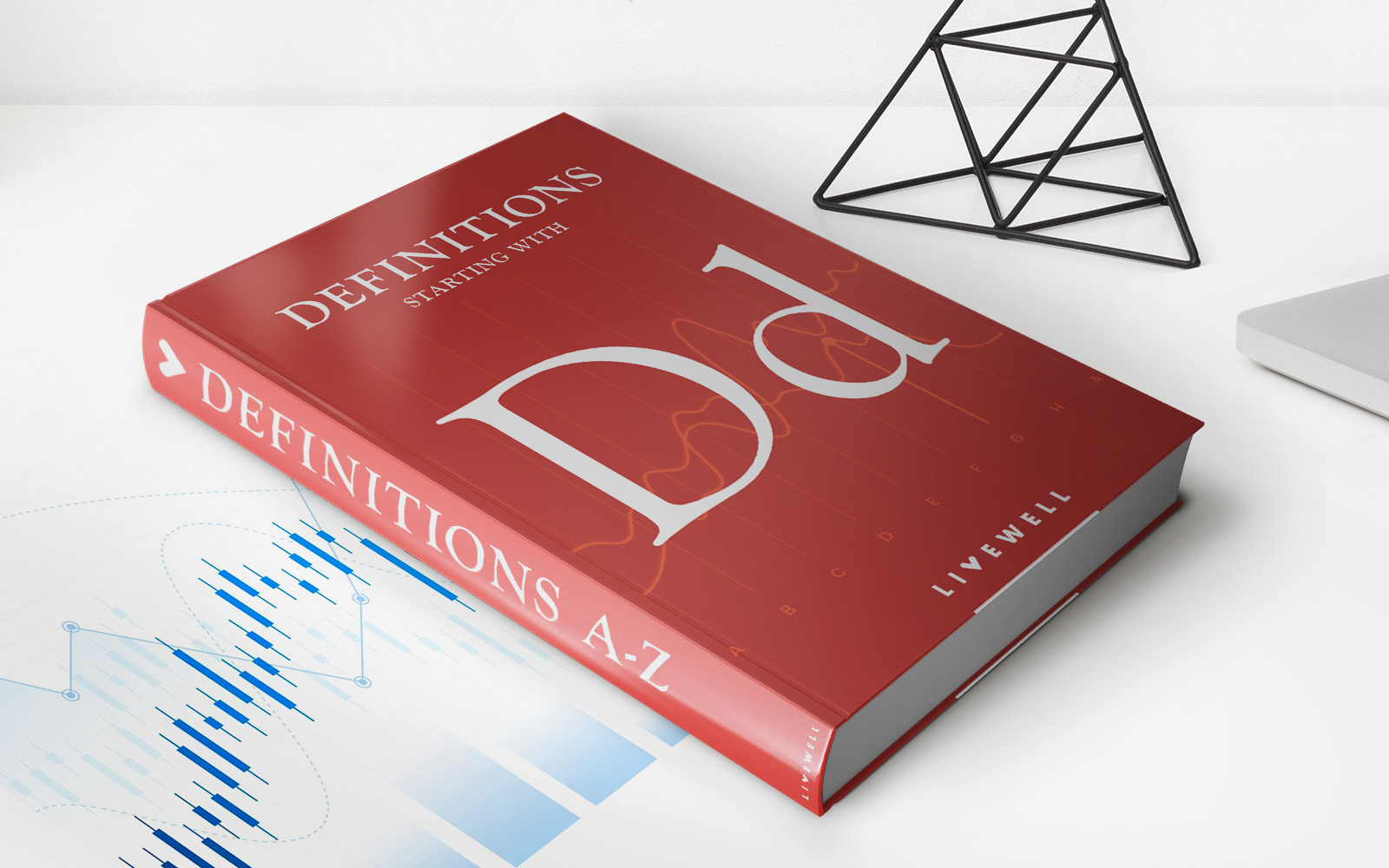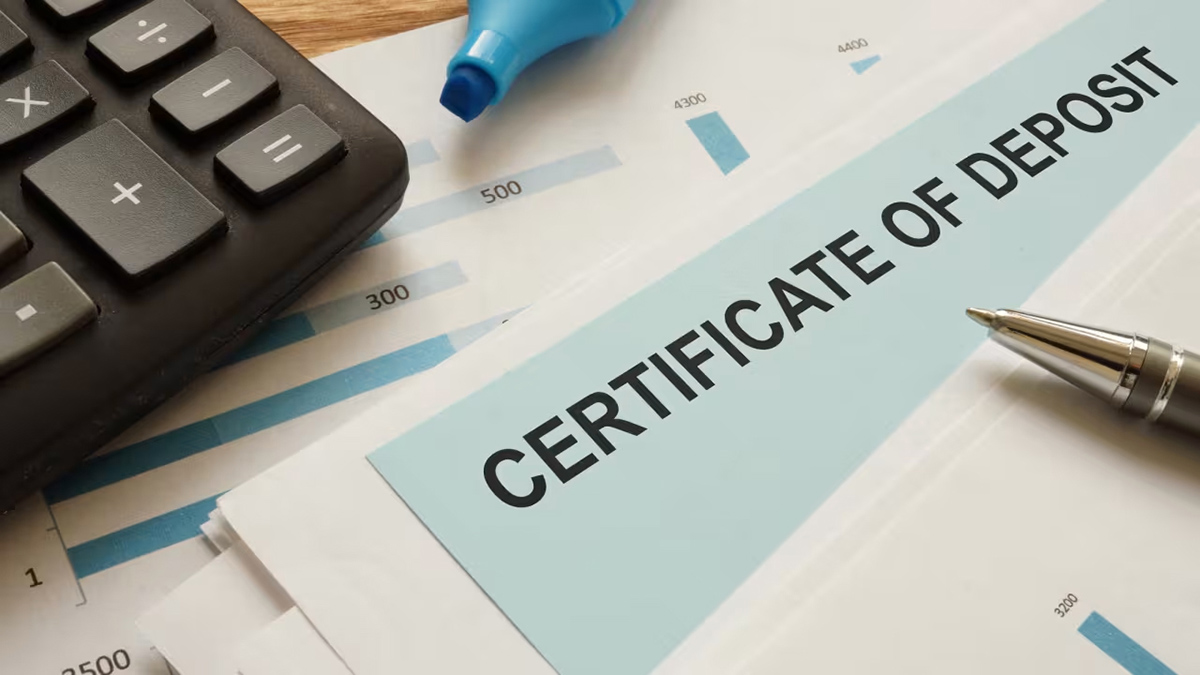

Finance
How Much Is Effexor Without Insurance?
Published: November 16, 2023
Discover the cost of Effexor without insurance. Get insights on financing options for this medication and find out how much you could save.
(Many of the links in this article redirect to a specific reviewed product. Your purchase of these products through affiliate links helps to generate commission for LiveWell, at no extra cost. Learn more)
Table of Contents
Introduction
Effexor is a prescription medication commonly used to treat depression, anxiety disorders, and panic disorders. It belongs to a class of drugs known as serotonin-norepinephrine reuptake inhibitors (SNRIs), which work by balancing certain chemicals in the brain. If you are considering using Effexor to manage your symptoms, one question that may come to mind is, “How much does Effexor cost without insurance?” This article will provide you with information and insights into the cost of Effexor without insurance and explore various factors that may affect the pricing.
When it comes to prescription medications, the cost can vary significantly depending on several factors. Insurance coverage contributes to a substantial reduction in the overall cost for many individuals, but not everyone has access to insurance or drug coverage. It is important to understand the potential financial implications of purchasing Effexor without insurance.
Throughout this article, we will delve into the average price of Effexor without insurance, factors that can influence the price, and various strategies that you can utilize to save money on your medication. Additionally, we will discuss prescription assistance programs that may be available to help reduce your out-of-pocket expenses for Effexor.
Whether you are uninsured or simply want to explore the cost of Effexor without insurance, understanding the factors that impact its price and exploring cost-saving options can be invaluable in managing your healthcare expenses. So, let’s dive into the details and explore the financial aspects of using Effexor without insurance coverage.
Understanding Effexor
Effexor, also known by its generic name Venlafaxine, is a medication commonly prescribed to treat depression and anxiety disorders. It belongs to the class of antidepressant medications known as serotonin-norepinephrine reuptake inhibitors (SNRIs). Effexor works by increasing the levels of serotonin and norepinephrine, two neurotransmitters that play a crucial role in regulating mood and emotions.
Effexor is approved by the U.S. Food and Drug Administration (FDA) for the treatment of major depressive disorder, generalized anxiety disorder (GAD), panic disorder, and social anxiety disorder. It comes in various strengths, ranging from 37.5 mg to 225 mg, and is available in both extended-release capsules and immediate-release tablets.
It is important to note that Effexor is a prescription medication and should only be taken under the guidance and supervision of a healthcare professional. It is crucial to follow the prescribed dosage and schedule, as abruptly stopping or changing the medication can lead to withdrawal symptoms and potential health risks.
Effexor has shown to be effective in alleviating symptoms of depression and anxiety in many individuals. However, like any medication, it may not be suitable for everyone and can have potential side effects. Common side effects of Effexor include nausea, dizziness, dry mouth, insomnia, and increased sweating. More severe side effects are less common but may include changes in blood pressure, serotonin syndrome, and suicidal thoughts in some individuals.
If you are considering using Effexor to manage your symptoms, it is important to have an open and honest discussion with your healthcare provider. They can help determine if Effexor is the right medication for you, considering your specific condition, medical history, and any other medications you may be taking. They can also provide you with comprehensive information regarding potential side effects and management strategies.
Now that we have a better understanding of Effexor and its role in treating depression and anxiety, let’s move on to the next section, where we will explore the cost of Effexor without insurance.
The Cost of Effexor
When it comes to the cost of Effexor without insurance, it can vary depending on several factors such as the dosage strength, quantity, and the pharmacy you purchase it from. On average, the price for a 30-day supply of generic Venlafaxine (the generic form of Effexor) can range from $30 to $90, while the brand-name Effexor can cost between $100 and $300 for the same quantity.
The cost disparity between the generic and brand-name versions of Effexor is mainly due to the increased expenses associated with brand-name medications, including research and development costs, marketing expenses, and patent protection. Generic medications, on the other hand, are often cheaper because they are produced once the original patent for the brand-name drug expires.
It is worth noting that these prices are only estimations and can vary significantly depending on your location and the specific pricing policies of individual pharmacies. Additionally, prices may fluctuate over time due to factors such as drug shortages, changes in manufacturing, or market conditions.
If you require a higher dosage strength of Effexor, the cost is likely to be higher compared to lower strengths due to the increased amount of active ingredient present in each pill. Similarly, if you need a larger quantity, such as a 90-day supply, the cost per pill may be lower compared to a 30-day supply.
It is essential to check prices at multiple pharmacies in your area and compare them to find the best available price. Some pharmacies may offer discount programs or have lower prices for generic medications, which can help reduce the overall cost of Effexor without insurance.
Keep in mind that the prices mentioned above are for individuals without insurance coverage. If you have insurance or a prescription drug plan, your out-of-pocket expenses for Effexor are likely to be significantly lower, as your insurance provider negotiates discounted prices with pharmacies. In such cases, the amount you pay can vary depending on your specific insurance plan and any deductibles, copays, or coinsurance you may have.
Now that we have discussed the cost of Effexor without insurance, let us explore the factors that can influence the price of this medication in the next section.
Factors Affecting Effexor Price Without Insurance
Several factors can influence the price of Effexor without insurance. Understanding these factors can help you better navigate the cost landscape and potentially find ways to save money on your medication. Here are some key factors that can affect the price of Effexor:
- Dosage and Strength: The dosage and strength of Effexor can impact its price. Higher dosages or strengths generally come with a higher price tag as they contain more active ingredients. It is important to discuss with your healthcare provider the appropriate dosage for your needs.
- Type of Medication: Effexor is available in both generic and brand-name forms. Generic medications are typically more affordable as they are produced once the patent for the brand-name drug expires. Brand-name medications, on the other hand, tend to be more expensive due to research and development costs and brand recognition.
- Pharmacy and Location: The pharmacy you choose and its location can significantly impact the price of Effexor. Prices for the same medication can vary among different pharmacies, so it is recommended to compare prices and consider shopping around for the best deal. Additionally, prices can vary based on location due to differences in regional drug pricing policies and competition between pharmacies.
- Discount Programs and Coupons: Some pharmacies offer discount programs or coupons that can help lower the cost of Effexor. These programs may provide savings for both brand-name and generic medications. It is worth exploring such options and checking if you qualify for any discount programs.
- Availability and Market Conditions: Market conditions and medication availability can also impact the price of Effexor. Drug shortages or changes in manufacturing processes can lead to price fluctuations. It is advisable to keep an eye on any market trends or updates that may affect the cost of your medication.
It is important to note that without insurance, you are responsible for the full cost of your medication. However, certain strategies can help mitigate the financial burden. In the next section, we will discuss ways to save money on Effexor without insurance.
Ways to Save Money on Effexor Without Insurance
If you are prescribed Effexor without insurance coverage, the cost can be a concern. However, there are several strategies you can employ to save money on your medication. Here are some tips to help you reduce the cost of Effexor without insurance:
- Opt for the Generic Version: Choosing the generic version of Effexor, known as Venlafaxine, can result in significant cost savings. Generic medications are typically more affordable as they are produced once the patent for the brand-name drug expires.
- Shop Around for the Best Price: Prices for medications can vary among different pharmacies. Take the time to compare prices at different pharmacies and consider both online and local options. Some pharmacies may offer lower prices or discount programs that can help reduce the cost of Effexor.
- Utilize Prescription Savings Cards: Prescription savings cards or discount programs can provide additional savings on medications. These cards are usually free and can be obtained online or through various organizations. They allow you to access discounted pricing at participating pharmacies.
- Explore Patient Assistance Programs: Some pharmaceutical companies offer patient assistance programs for individuals who cannot afford their medications. These programs may provide free or discounted medications to eligible individuals. Check with the manufacturer of Effexor or visit their website to see if you qualify for any assistance programs.
- Ask About Manufacturer Coupons: In addition to patient assistance programs, some pharmaceutical companies offer coupons or copay assistance cards that can help reduce the cost of specific medications. These coupons can be obtained from the manufacturer’s website or by contacting their customer service.
- Talk to Your Doctor or Pharmacist: Your healthcare provider or pharmacist may have insights or suggestions on how to save money on your medication. They may be aware of any ongoing promotions, discount programs, or alternative treatment options that are more cost-effective.
- Consider Pill-Splitting: In some cases, it may be possible to split higher dosage tablets of Effexor to achieve the desired dose. This can be a cost-saving measure if your healthcare provider approves and if the medication is available in a scored tablet form that is suitable for splitting.
By utilizing these strategies, you can reduce the financial burden of purchasing Effexor without insurance coverage. Remember to consult with your healthcare provider before making any changes to your medication regimen or dosage.
In the next section, we will explore prescription assistance programs that may provide additional support for obtaining Effexor without insurance.
Prescription Assistance Programs for Effexor
If you are struggling to afford Effexor without insurance coverage, prescription assistance programs may be able to provide support. These programs are designed to help individuals who cannot afford their medications access the treatments they need. Here are some prescription assistance programs to consider:
- Effexor Patient Assistance Program (PAP): The manufacturer of Effexor may offer a patient assistance program to eligible individuals. This program provides free or discounted medications to those who meet specific criteria, such as income guidelines. You can usually find information and application forms for the Effexor PAP on the manufacturer’s website or by contacting their customer service.
- Medicaid: If you meet the eligibility requirements, Medicaid is a state and federal program that provides healthcare coverage, including prescription medications, to low-income individuals and families. Medicaid coverage and income limits vary by state, so it is essential to check the requirements in your specific area.
- Extra Help (Medicare Part D Low-Income Subsidy): If you are enrolled in Medicare and have limited income and resources, you may qualify for Extra Help, which is a government program that assists with prescription drug costs. It helps cover expenses associated with Medicare Part D prescription drug coverage. To learn more and apply for Extra Help, visit the Social Security Administration’s website or contact your local Social Security office.
- Nonprofit and Charitable Organizations: Some nonprofit organizations and charities provide financial assistance or discount programs to individuals in need. Organizations like NeedyMeds and Prescription Hope can help connect you with resources and programs that can help reduce the cost of Effexor and other medications. It is worth researching and reaching out to these organizations to see if you qualify for any assistance.
- State Pharmaceutical Assistance Programs: Certain states offer pharmaceutical assistance programs that provide financial help with prescription medications to eligible residents. The eligibility criteria and coverage vary by state, so check with your local health department or state’s official website to see if such programs are available in your area.
Remember to thoroughly review the eligibility requirements and application processes for these prescription assistance programs. Some programs may have income limits, documentation requirements, and specific deadlines for enrollment. It is also important to reapply or recertify for certain programs regularly, as eligibility requirements can change over time.
By exploring these options and utilizing prescription assistance programs, you may be able to obtain Effexor at a reduced cost or even for free, making it more affordable without insurance coverage.
Before concluding the article, let’s summarize the key points we have covered so far.
Summary
In summary, understanding the cost of Effexor without insurance is crucial for individuals who rely on this medication to manage their depression, anxiety, or panic disorders. The average price of Effexor without insurance can range from $30 to $90 for the generic version and $100 to $300 for the brand-name medication.
Several factors can affect the price of Effexor, including the dosage and strength, the type of medication (generic or brand-name), the pharmacy and location, discount programs or coupons, and market conditions. Shopping around for the best price, utilizing prescription savings cards, and exploring patient assistance programs can help reduce the cost of Effexor without insurance.
Prescription assistance programs, such as the Effexor Patient Assistance Program (PAP), Medicaid, and Extra Help, can provide significant support for individuals who cannot afford their medication. Nonprofit and charitable organizations, as well as state pharmaceutical assistance programs, may also offer financial assistance for obtaining Effexor.
Remember to consult with your healthcare provider or pharmacist to explore all available options and to ensure that Effexor is the right medication for your specific condition. Additionally, always follow the prescribed dosage and schedule, as sudden changes or discontinuation of Effexor can lead to withdrawal symptoms and potential health risks.
Managing the cost of Effexor without insurance may require some effort, but by utilizing the strategies outlined in this article and exploring prescription assistance programs, you can make this medication more affordable and continue to prioritize your mental health and well-being.
Disclaimer: The information provided in this article is for informational purposes only and should not be considered as medical or financial advice. It is important to consult with a healthcare professional and a financial advisor for personalized guidance regarding your specific situation.
